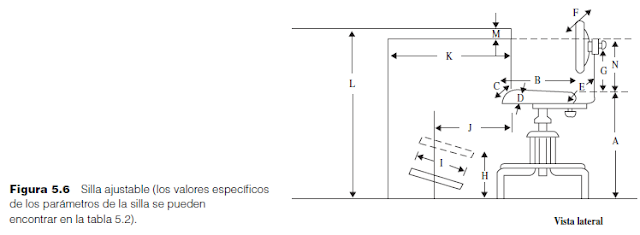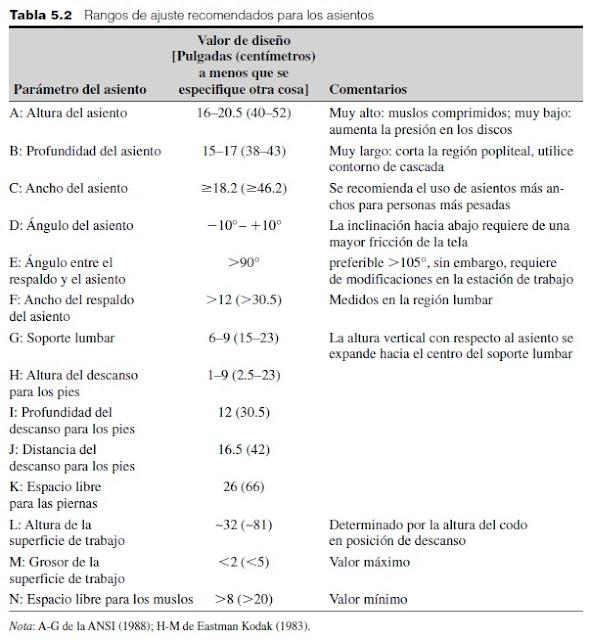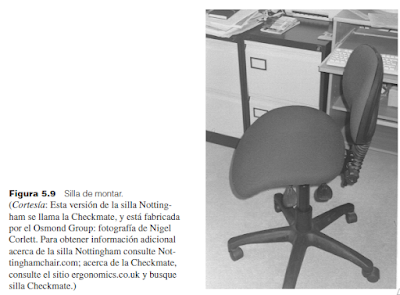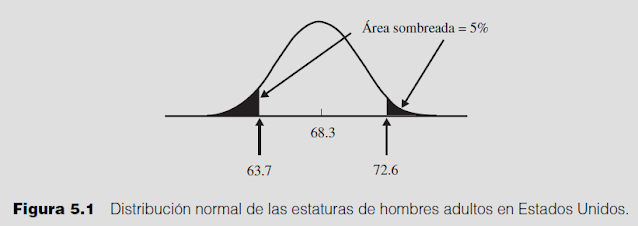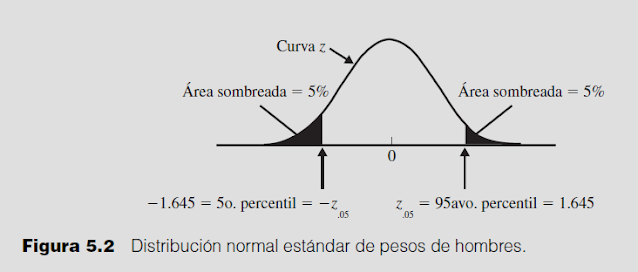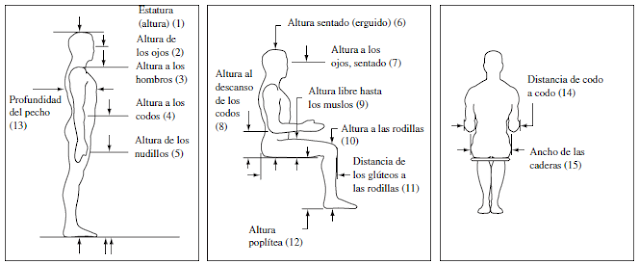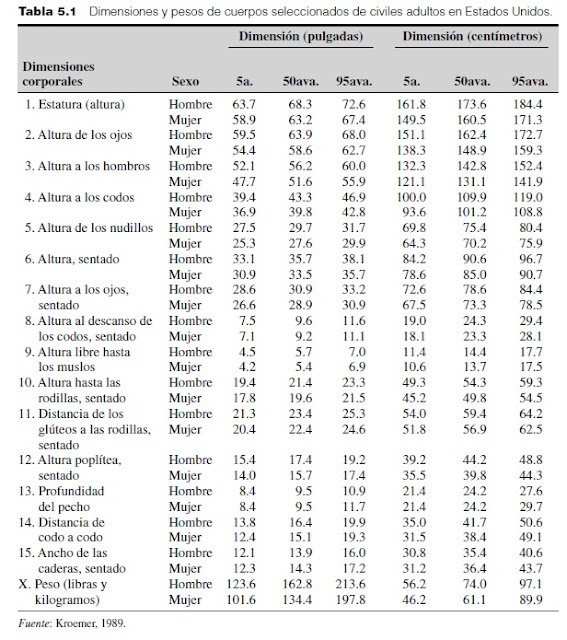todo lo que deseas saber de la Ingenieria de Metodos engineering, industrial engineering, time study, motion and time study, work study
miércoles, 17 de agosto de 2022
PRINCIPIOS DEL DISEÑO DE TRABAJO: EL LUGAR DE TRABAJO - PROMUEVA LA FLEXIBILIDAD POSTURAL
lunes, 4 de julio de 2022
PRINCIPIOS DEL DISEÑO DE TRABAJO: EL LUGAR DE TRABAJO - PROPORCIONE AJUSTABILIDAD EN EL ASIENTO
martes, 17 de mayo de 2022
PRINCIPIOS DEL DISEÑO DE TRABAJO: EL LUGAR DE TRABAJO - PROPORCIONE UNA SILLA CÓMODA AL OPERADOR
lunes, 25 de abril de 2022
PRINCIPIOS DEL DISEÑO DE TRABAJO: EL LUGAR DE TRABAJO - Diseño de los asientos en una sala de entrenamiento de gran tamaño
martes, 29 de marzo de 2022
PRINCIPIOS DEL DISEÑO DE TRABAJO: EL LUGAR DE TRABAJO - AJUSTE LA ALTURA DE LA SUPERFICIE DE TRABAJO CON BASE EN LA TAREA QUE SE REALIZA
miércoles, 23 de marzo de 2022
PRINCIPIOS DEL DISEÑO DE TRABAJO: EL LUGAR DE TRABAJO - DETERMINE LA ALTURA DE LA SUPERFICIE DEL TRABAJO A TRAVÉS DE LA ALTURA DE LOS CODOS
viernes, 18 de marzo de 2022
CONSIDERACIONES PRÁCTICAS
miércoles, 9 de marzo de 2022
DISEÑO PARA EL TAMAÑO PROMEDIO
miércoles, 23 de febrero de 2022
DISEÑO PARA LA AJUSTABILIDAD
sábado, 19 de febrero de 2022
DISEÑO PARA LOS EXTREMOS
miércoles, 16 de febrero de 2022
Distribuciones de probabilidad y percentiles
miércoles, 9 de febrero de 2022
ANTROPOMETRÍA Y DISEÑO
lunes, 24 de enero de 2022
Lugar de trabajo, equipo y diseño de herramientas
jueves, 20 de enero de 2022
Lugar de trabajo, equipo y diseño de herramientas - PUNTOS CLAVE
- Adecue el lugar de trabajo al operador.
- Proporcione ajustabilidad.
- Mantenga posturas neutrales (articulaciones en el rango medio).
- Minimice repeticiones.
- Utilice agarre de fuerza cuando se requiera de fuerza.
- Utilice agarre de precisión para obtener precisión y no fuerza.
martes, 18 de enero de 2022
Diseño del trabajo manual - SITIOS EN INTERNET
Página en Internet del NIOSH http://www.cdc.gov/niosh/homepage.html
Lineamientos para el levantamiento de cargas del NIOSH http://www.cdc.gov/niosh/94-110.html
Calculador del levantamiento de cargas del NIOSH http://www.industrialhygiene.com/calc/lift.html
Calculador del levantamiento de cargas del NIOSH http://tis.eh.doe.gov/others/ergoeaser/download.html
domingo, 9 de enero de 2022
Lugar de trabajo, equipo y diseño de herramientas - SOFTWARE RECOMENDADO
COMBIMAN, User’s Gide for COMBIMAN, CSERIAC. Dayton, OH:Wright-Patterson AFB. (http://dtica.dtic.mil/hsi/srch/hsi5.html)
Design Tools(disponible en el sitio de Internet de este texto de McGraw-Hill en www.mhhe.com/niebelfreivalds),Nueva York: McGraw-Hill, 2002.
Ergointelligence (Upper Extremity Analysis). 3400 de Maisonneuve Blvd., West, Suite 1430, Montreal,
Quebec, Canada H3Z 3B8.
Jack®. Engineering Animation, Inc., 2321 North Loop Dr., Ames, IA 50010. (http://www.eai.com/)
Job Evaluator ToolBox™. ErgoWeb, Inc., P.O. Box 1089, 93 Main St., Midway, UT 84032.
ManneQuinPRO. Nexgen Ergonomics, 3400 de Maisonneuve Blvd. West, Suite 1430, Montreal, Quebec, Canada H3Z 3B8. (http://nexenergo.com/)
Multimedia Video Task Analysis. Nexgen Ergonomics, 3400 de Maisonneuve Blvd. West, Suite 1430,
Montreal, Quebec, Canada H3Z 3B8.
Safework. Safework (2000) Inc., 3400 de Maisonneuve Blvd. West, Suite 1430, Montreal, Quebec, Canada H3Z 3B8.
viernes, 7 de enero de 2022
Lugar de trabajo, equipo y diseño de herramientas - REFERENCIAS Parte 2
Miller, G. y A. Freivald, “Gender and Handedness in Grip Strenght”, en Proceedings of the Human Factors Society 31th Annual Meeting, Santa Mónica, CA, 1987, pp. 906-909.
Mital, A. y A. Kilbom, “Designs, Selection and Use of hand Tools to Alleviate Trauma of the Upper Extremities”, en International Journal of Industrial Ergonomics, 10, núm. 1 (enero de 1992), pp. 1-21.
Consejo de Seguridad Nacional, Accidents facts, Chicago: Consejo de Seguridad Nacional, 2003.
NIOSH, Health Hazard Evaluations-Eagle Convex Glass, Co. HETA-89-137-2005. Cincinnati, OH: National Institute if Occupational Seafty and Health, 1989.
Pheasant, S. T. y S. J. Scriven, “Sex Differences in Strenght, Some Implications for the Design of handtools”, en Proceedings of the Ergonomics Society, Ed. K. Coombes, Londres, Taylor & Francis, 1983, pp. 9-13.
Putz-Anderson, V., Cumulative Trauma Disorders, Londres: Taylor & Francis, 1988.
Sanders, M. S. y E. J. McCormick, Human Factors in Engineering and Design, Nueva York: McGraw- Hill, 1993.
Saran, C., “Biomechanical Evaluation of T-handles for a Pronation Supination Task”, en Journal of Occupational Medicine, 15, núm. 9 (septiembre de 1973), pp. 712-716.
Serber, H. “New Developments in the Science of Sitting”, en Human Factors Bulletin, 33, núm. 2 (febrero de 1990), pp. 1-3.
Seth, V., R. Weston y A. Freivalds, “Development of a Cummulative Trauma Disorder Risk Assesment
Model”, en International Journal of Industrial Ergonomics, 23, núm. 4 (marzo de 1999), pp. 281- 291.
Terrell, R. y J. Purswell, “The Infl uence of Forearm and Wrist Orientation on Static Grip Stenght as a
Design Criterion for hand Tools”, en Proceedings of the human Factors Society 20th Annual Meeting. Santa Monica, CA. 1976, pp. 28-32.
Tichauer, E. (1967), Ergonomics: The state of the Art, en American Industrial Hygene Association Journal, 28,105-116.
U.S. Department of Justice, American with Disabilities Act Handbook, EEOC-BK-19, Washington, DC: U.S. Government Printing offi ce, 1991.
Webb Associates, Anthropometric Source Book, II, Pub. 1024, Washington, DC: National Aeronautics and Space Administration, 1978.
Weidman, B., Effect of Seafty Gloves on Simulated Work Tasks, AD 738981, Springfi eld, VA: National Technical Information Service, 1970.
martes, 4 de enero de 2022
Lugar de trabajo, equipo y diseño de herramientas - REFERENCIAS Parte 1
An, K., L. Askew y E. Chao, “Biomechanics and Functional Assesment of Upper Extremities”, en Trends in Ergonomics/Human Factors III. Ad. W. Karwowski, Amsterdam: Elsevier, 1986, pp. 573-580.
Andersson, E. R., “Design and Testing of a Vibration Attenuating Handle”, en International Journal of Industrial Ergonomics, 6, núm. 2 (septiembre de 1990), pp. 119-125.
Andersson, G. B. J., R. Ortengren, A. Nachemson y G. Elfstrom, “Lumbar Disc Pressure y Myoelectric Back Muscle Activity During Sitting”, I, Studies on an Experimental Chair, Scandinavian Journal of Rehabilitation Medicine, 6(1974), pp. 104-114.
Armstrong, T. J., Ergonomics Guide to Carpal Tunnel Syndrome, Faifax, VA: American Industrial Hygiene Association, 1983.
Bobjer, O., S. E. Johansson y S. Piguet, “Friction Between Hand and Andle. Effects of Oil and Lard on Textured and Non-textured Surfaces; Perception of Discomfort”, en Applied Ergonomics, 24, núm. 3 (junio de 1993), pp. 190-202.
Borg, G., “Psychophysical Scaling with Applications in Physical Work and the Perception of Exertion”, en Scandinavian Journal of Work Environment and Health, 16, Supplement 1 (1990), pp. 55-58.
Bradley, J. V. (1967), Actual coding of cylindrical knobs, en Human Factors, 9(5), 483-496.
Bullinger, H. J. y J. J. Solf, Ergonomische Arbeitsmittel-gestanltung, II-Handgefuhtre Werkzeuge Fallstudien. Dortmund, Alemania: Bundesanstalt fr Arbeitsschutz und Unfallforschung, 1979.
Chaffin, D. B. y G. Andersson, Occupational Biomechanics, Nueva York: John Wiley & Sons, 1991, pp. 355-368.
Cochran, D. J. y M. W. Riley, “An Evaluation of Knife Handle Guarding”, en Human Factors, 28, núm. 3 (junio de 1986), pp. 295-301.
Congleton, J. J., The Design and Evaluation of the Neutral Posture Chair, Doctoral dissertation. Lubbock, TX: Texas Tech University, 1983.
Corlett, E. N. y R. A. Bishop, “A Technique for Assesing Postural Disconfort”, en Ergonomics, 19, núm. 2 (marzo de 1976), pp. 175-182.
Damon, A., H. W. Stoudt y R. A. McFarland, The Human Body in Equipment Design, Cambridge, MA: Harvard University Press, 1966.
Eastman Kodak Co., Ergonomic Design for People at Work; Belmont, CA: Lifetime Learning Pub., 1983.
Fellows, G. L. y A. Freivalds, “Ergonomics Evaluation of a Foam Rubber Grip for Tool Handles”, en Applied Ergonomics, 22, núm. 4 (agosto de 1991), pp. 225-230.
Fraser, T.M., Ergonomic Principles in the Design of Hand Tools, Ginebra, Suiza: International Labor Office, 1980.
Freivalds, A., “Tool Evaluation and Design”, en Occupational Ergonomics, Eds. A. Bhattacharya y J. D. McGlothlin. Nueva York: Marcel Dekker, 1996, pp. 303-327.
Freivalds, A. y J. Eklund, “Reaction Torques and Operator Stress While using Powered Nutrunners”, en Applied Ergonomics, 24, núm. 3 (junio de 1993), pp. 158-164.
Garret, J., “The Adult Human Hand: Some Anthropometric and Biomechanical Considerations”, en Human Factors, 13, núm. 2 (abril de 1971), pp. 117-131.
Grandjean, E. (1998), Fitting the task to the man, 4a. ed. Londres: Taylor & Francis. Greenberg, L. y D. B. Chaffi n, Workers and Their Tools, Midland, MI: Pendell Press, 1976.
Heffernan, C. y A. Freivalds, “Optimum Pinch Grips in the Handling of Dies”, en Applied ergonomics, 31(2000), pp. 409-414.
Hertzberg, H., ”Enginnering Anthropometry”, en Human Engineering Guide to Equipment Design, Eds.
H. Van Cott y R. Kincaid, Washington, DC: U.S. Government Printing Offi ce, 1973, pp. 467-584.
Hunt, D.P. (1953), The coding of aircraft controls (Tech. Rept. 53-221). U.S. Air Force, Wright Air Development Center.
Jenkins, W. y Conner, M. B. (1949), Some design factors in making settings on a linear scale, en Journal of Applied Psychology, 33, 395-409.
Konz, S. y S. Johnson, Work Design, 5a. ed. Scottsdale, AZ: Holcomb Hathaway Publishers, 2000.
Kroemer, K. H. E., “Coupling the Hand with the Handle: An Improved Notation of Touch, Grip and Grasp”, en Human Factors, 28, núm. 3 (junio de 1986), pp. 337-339.
Kroemer, K. (1989), Engineering anthropometry, Ergonomics, 32(7), 767-784.
Lundstrom, R. y R. S. Johansson, “Acute Impairment of the Sensitivity of Skin Mechanoreceptive Units Caused by Vibrations Exposure of the Hand”, en Ergonomics, 29, núm. 5 (mayo de 1986), pp. 687- 698.
domingo, 2 de enero de 2022
Lugar de trabajo, equipo y diseño de herramientas - PROBLEMAS 7
El trabajador que se muestra en la parte inferior está colocando 4 tornillos en un tablero con una herramienta automática. Su producción es de 2 300 paneles por turno de 8 horas. ¿Qué problemas ergonómicos específicos se pueden encontrar en este trabajo? Para cada problema: a) especifique una mejora ergonómica que corregiría el problema y b) proporcione un principio específico de diseño de trabajo que apoye este cambio de método.
sábado, 1 de enero de 2022
Lugar de trabajo, equipo y diseño de herramientas - PROBLEMAS 6
Utilice el índice de riesgos CTD para calcular el riesgo potencial de lesiones en la mano derecha de las siguientes tareas que se muestran en la página Web:
a) Extrusiones de estampado: suponga una fuerza de sujeción de 30% MVC.
b) Acoplamientos terminales del estampado: suponga una fuerza de sujeción de 15% MVC.
c) Ensamble relámpago: suponga una fuerza de sujeción de 15% MVC.
d ) Ensamble de unión: suponga una sujeción de 15% MVC.
e) Ensamble de las guías de las camas de hospitales: suponga una fuerza de sujeción de 30% MVC.
f ) Cosido (prendas): suponga una fuerza de sujeción de 30% MVC.
g) Etiquetado (prendas): suponga una fuerza de agarre de 15% MVC.
h) Cortar y etiquetar (prendas): suponga una fuerza de sujeción de 30% MVC.
